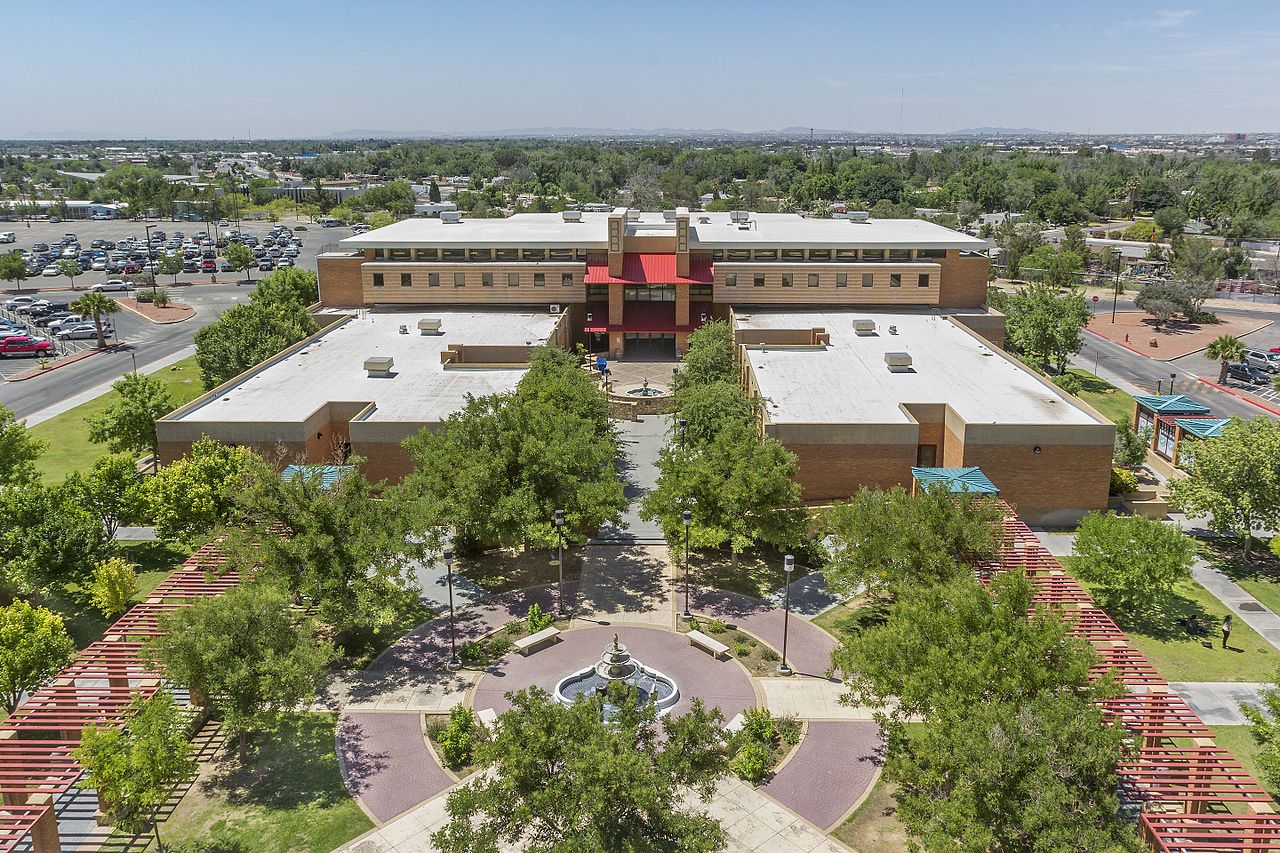El Paso Community College (EPCC) is one of the five local entities that tax our properties.
It was established by the voters of El Paso County in 1969. The Texas Legislature appropriated funds in 1971 and classes began that fall with 901 students enrolled.
The mission of El Paso Community College is “to ensure affordable, high quality education and career pathways from start to finish.”
According to the budget for FY 2022-23, EPCC had $265,953,936 in expenditures, of which $50,339,162 were earmarked for instruction.
The budget is primarily supported by a tax of $0.115717 per $100 of property valuation, which is the no-new revenue rate for FY 2023-24.
According to their webpage, there are currently 26,034 students enrolled, 29% of which are full-time. That is about 2,000 more students than UTEP.
EPCC was originally focused on vocational education for the El Paso region, but in recent years has developed into a “feeder” institution for UTEP. That is, it offers courses that replicate UTEP courses at a lower cost to students, often taught by faculty with lesser qualifications.
I filed a Freedom of Information Act request and obtained a complete list of the 2,424 EPCC employees and their salaries. The highest paid employee is President William Serrata, who earns $417,690. There are ten Vice-Presidents and Assistant Vice-Presidents who earn between $109,274 and $260,000.
Why is EPCC replicating courses that are taught at UTEP and at taxpayer expense rather than adhering to its original function of preparing students for careers that do not require a university degree?

